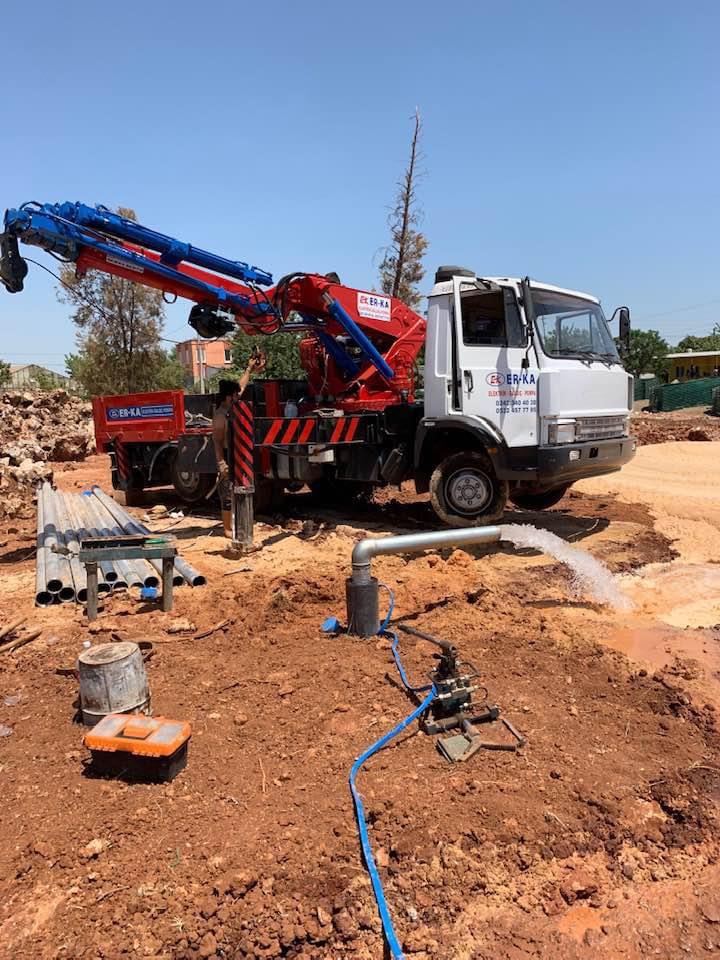Water well drilling is usually carried out to meet the needs of water supply, irrigation, industrial usage, or providing drinking water. Water well drilling is a technique used to detect underground water layers in a specific region and reach this water source.
Water well drilling typically involves the following steps:
- Preliminary Inspection and Planning: Before drilling, geological surveys are conducted to determine underground water layers, and the optimal location for drilling is selected.
- Installation of Drilling Equipment: Drilling equipment, usually including a drilling machine, pipes, and other necessary components, is set up. This equipment facilitates drilling the ground to reach the water source.
- Drilling Process: The ground is drilled using a drilling machine. The drilling process continues until the designated depth and underground water layer are reached.
- Placement of Pipes: During the drilling process, pipes are installed to prevent the collapse of the borehole and to set up pipes for water delivery.
- Installation of Pump and Well Accessories: After completing the drilling, a pump for water extraction and necessary accessories are installed according to the purpose of water usage.
Water well drilling is typically conducted by specialized teams in compliance with local management rules and environmental regulations. Such drilling provides a significant source for meeting the water supply needs of local communities.

